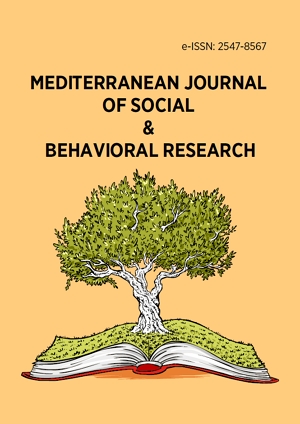Abstract
Through a Social Network Analysis applied to a survey at a Mexican University the diffusion of online education dynamics in a 13 year period was determined. For the analysis, the 13 years was divided into four periods. Teachers answered the survey by identifying by name the people or University initiatives, including people outside the University, which influenced his decision to venture into online education. The most influential agents for each period were determined by their In-Degree value. For the analysis, inter and intra periods influence of agents was considered. Three agents who held great influence in the diffusion in the most part of the period where identified, one of which kept the higher In-Degree value among teachers, and slightly lower than the node of University initiatives that promote online education. Is considered that the level of online learning diffusion in this University have been very limited without the influence of two influential agents in the overall process.
License
This is an open access article distributed under the Creative Commons Attribution License which permits unrestricted use, distribution, and reproduction in any medium, provided the original work is properly cited.
Article Type: Research Article
MEDITERR J SOC BEH RES, Volume 1, Issue 1, July 2017, 1-11
Publication date: 01 Jul 2017
Article Views: 1448
Article Downloads: 739
Open Access References How to cite this article
 Full Text (PDF)
Full Text (PDF)